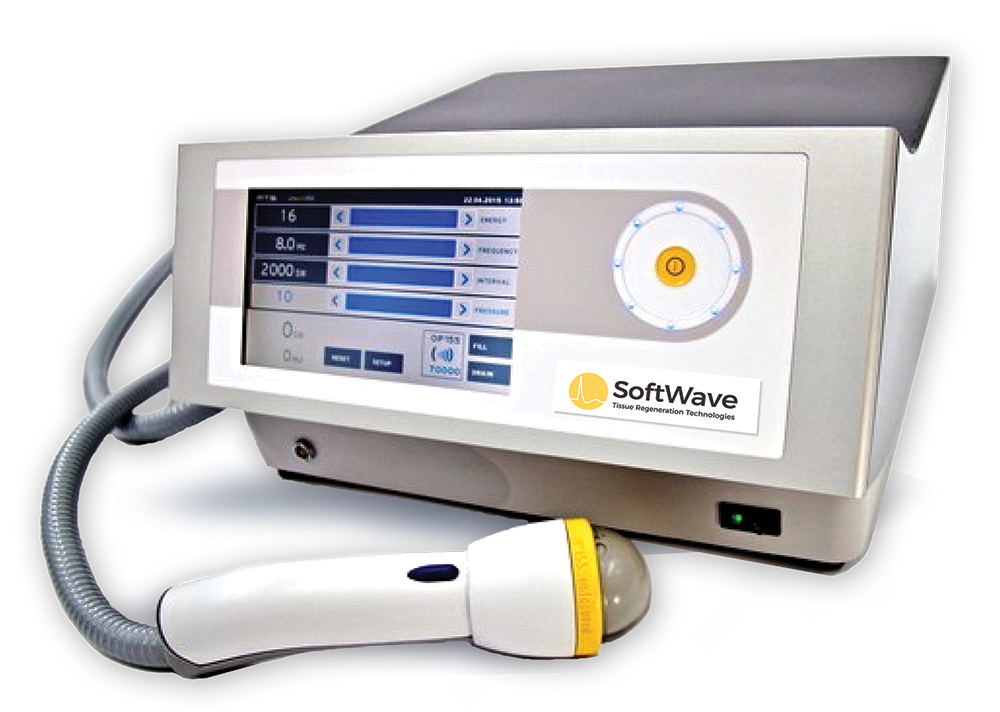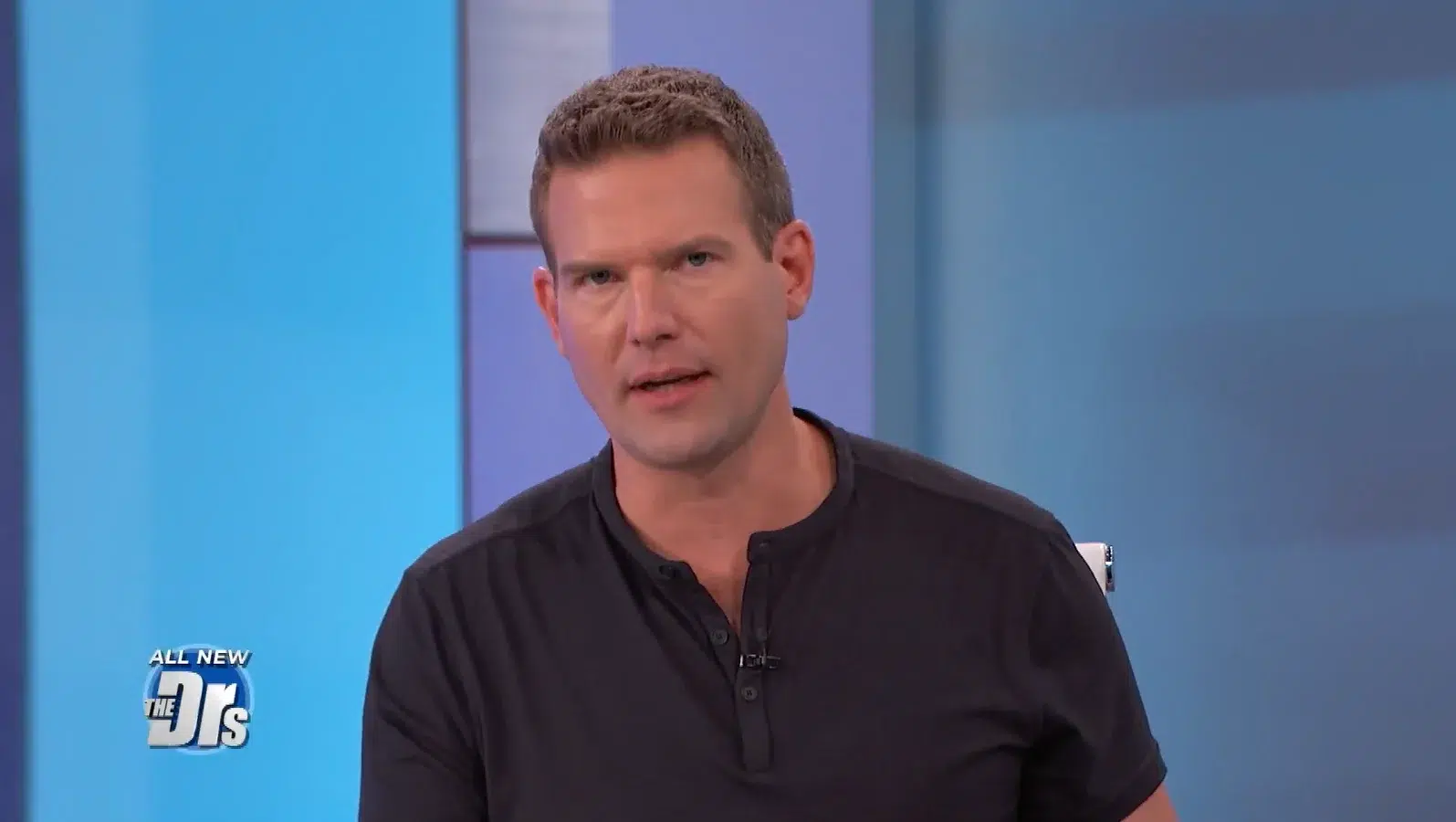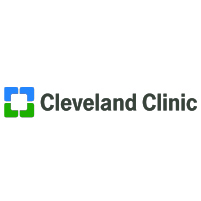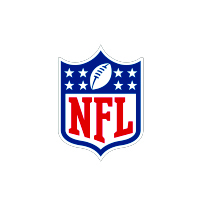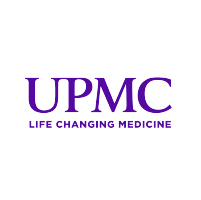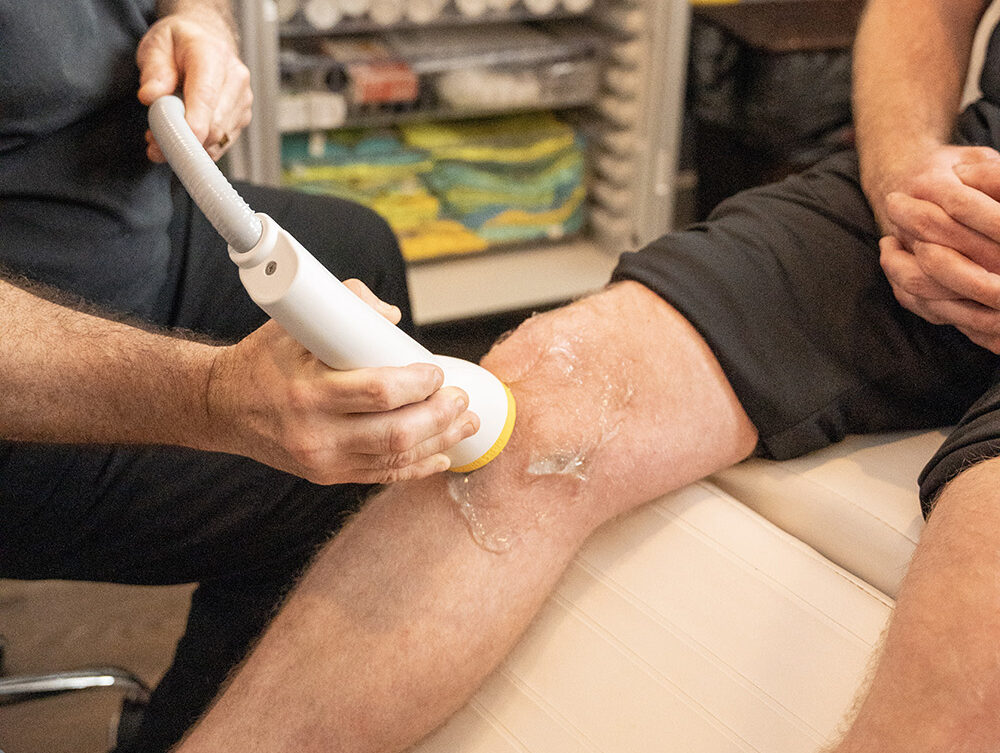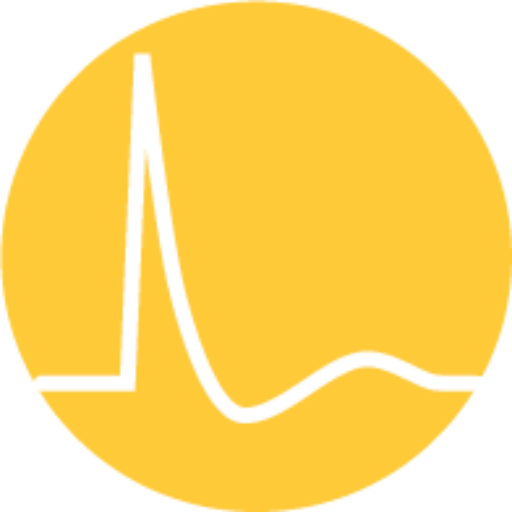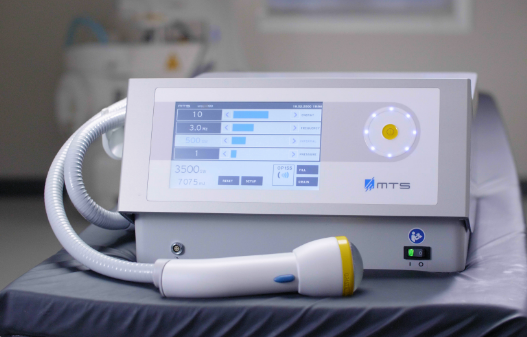SOFTWAVE THERAPY FOR CHONDROMALACIA PATELLA
Let Healing Begin with SoftWave
SoftWave therapy is a non-invasive treatment that uses patented technology to promote healing at the cellular level, improve blood supply, and initiate the body’s natural healing process.
- Improves blood supply and reduces inflammation
- Patented and FDA(510k) cleared
- 10-15 minute treatment sessions
- Fast acting with long term results
- No downtime, anesthesia, or numbing agents needed
Schedule a $69 new patient appointment or contact us for assistance.
Let Healing Begin with SoftWave
Schedule a $69 new patient appointment or contact us for assistance.
Treat Chondromalacia Patella with An Affordable Alternative to Surgery, Injections, or Medication
Join the thousands of patients who have experienced life-changing relief from SoftWave Therapy.
Trusted By Experts Around The Country
Treating Chondromalacia Patella With SoftWave Therapy
When the cartilage below the kneecap, or patella, breaks down, it is called chondromalacia patella or “runner’s knee.” Without that cartilage, the kneecap rips against the thigh bone, causing pain and swelling.
When the cartilage below the kneecap, or patella, breaks down, it is called chondromalacia patella or “runner’s knee.” Without that cartilage, the kneecap rips against the thigh bone, causing pain and swelling.
SoftWave can be an effective treatment solution for chondromalacia patella. SoftWave is clinically proven with a 61% to 91% improvement in musculoskeletal and general pain complaints. It has helped thousands of patients get real lasting relief.
Chondromalacia patella can make everyday activity much more painful and prevent victims from enjoying sports and other hobbies. If not treated in a timely fashion, this condition can lead to osteoarthritis in the knee joint. Symptoms of chondromalacia patella include:
- Pain and tenderness in the front or side of the knee
- Swelling
- A grinding feeling in the knee
Common causes of chondromalacia patella include intense physical activity, overuse, trauma in the kneecap, misaligned patella, weak or tight muscles that support the knee, and flat feet.
SoftWave providers can develop a plan for chondromalacia patella. With our $69 New Patient Special, you can try SoftWave today and learn if you’re a candidate for treatment.
Hear From SoftWave Patients
Clinical Studies: SoftWave For Chondromalacia Patella
Shock Wave Therapy for Acute and Chronic Soft Tissue Wounds
This study investigated the feasibility and safety of using extracorporeal shock wave therapy (ESWT) for complicated, nonhealing, acute and chronic soft-tissue wounds. Two hundred and eight patients were enrolled, with treatment consisting of debridement, outpatient ESWT, and moist dressings. Of the 208 patients, 156 had 100% wound epithelialization during a mean follow-up period of 44 days, and there were no treatment-related toxicities, infections, or deterioration of any ESWT-treated wound. The study concluded that ESWT is a feasible and well-tolerated strategy for treating acute and chronic soft tissue wounds.
Single Shockwave Treatment Shows Promise in Relieving Muscle Soreness
This randomized controlled trial investigated the effects of a single administration of focused extracorporeal shock wave therapy on delayed-onset muscle soreness (DOMS) induced by eccentric exercise. While there were no statistically significant differences between the groups in pain intensity reduction, maximum isometric voluntary force, pressure pain threshold, and daily life impairment, there were clinically relevant effects observed. The study suggests that focused extracorporeal shock wave therapy could be a potential option for relieving pain and enhancing recovery from DOMS, particularly in the midterm (72 hours) and for athletes returning to play.
Non-Invasive Healing with Shockwave Therapy for Tissue and Bone Disorders
This study investigates the effects of Extracorporeal shockwave therapy (ESWT) on various tissues such as fractures, osteoarthritis, bone to cartilage, and osteonecrosis of the hip joint. The results show that ESWT enhances angiogenesis and osteogenesis, promoting tissue healing. ESWT has the potential to replace surgery in orthopedic conditions without surgical risks. Overall, ESWT is considered a safe and effective non-invasive treatment option with low complication rates.
New Patient Special
Try SoftWave Therapy for $69 at a clinic near you.
SoftWave FAQs
-
What is SoftWave therapy?
SoftWave Therapy is a non-invasive treatment that uses patented technology to promote healing at the cellular level, improve blood supply, and initiate the body’s natural healing process. SoftWave is performed with a patented device called the OrthoGold, developed by Tissue Regeneration Technologies, and is available at licensed medical clinics throughout the United States. This FDA(510k) cleared technology produces powerful, broad-focused shock waves delivered during treatment to an injured, scarred, or inflamed region of the body. Treatment typically takes 10-15 minutes, and no anesthesia, numbing agents, or recovery time is required.
-
Where can I go to get SoftWave therapy?
SoftWave Therapy is performed by licensed clinicians at doctors’ offices, chiropractic and physical therapy clinics, and medical centers across the United States. Click to find a SoftWave provider in your area.
-
What is the SoftWave treatment process like?
SoftWave is a fast and convenient non-invasive procedure that usually lasts 10-15 minutes, with no downtime required for recovery. First, ultrasound gel is applied, then the SoftWave device is gently placed to deliver shock waves to the injured area. Most patients feel a gentle tapping or pulsing sensation, while some patients may experience mild pain or discomfort. The use of anesthesia or numbing agents is not necessary. Effective communication with the provider during treatment can help identify treatment hotspots and track progress.
Click to see what SoftWave treatment looks like in action.
-
What results should I expect from SoftWave therapy?
If you are a candidate for treatment, SoftWave Therapy can provide both immediate and long-lasting results. After one SoftWave session, patients typically experience a 20-50% reduction in pain and improvement in mobility, lasting from a few hours to several days. Some patients require multiple sessions before experiencing improvement.
To determine if SoftWave is a suitable treatment for you, schedule a $69 New Patient Appointment, where you will receive one SoftWave treatment session, and the provider will assess whether further treatment is appropriate.
Unlike pain medications and injections, SoftWave treatment seeks to activate the body’s natural healing process at the cellular level to deliver genuine and long-lasting results.
-
Is SoftWave FDA-cleared?
SoftWave therapy is FDA(510k) cleared for various indications, including improved blood supply, activation of connective tissue, temporary pain relief, treatment of chronic diabetic foot ulcers, and treatment of acute second-degree burns.
Moreover, SoftWave is a patented and clinically proven treatment option with a success rate ranging from 60-91% for various musculoskeletal and general pain complaints. This therapy is trusted by renowned medical institutions such as Cleveland Clinic, Shepherd’s Center, and Memorial Sloan Kettering, as well as professional sports teams like the Chicago Cubs and Pittsburgh Steelers.
-
Does SoftWave therapy have side effects?
Side effects from SoftWave Therapy are minimal and non-restrictive. SoftWave does not cause bruising or swelling, although some patients may experience slight redness and soreness that typically subsides within one to two days. While recovery downtime is not usually needed, we recommend avoiding high-impact movements or exercise for the first 24-48 hours.
